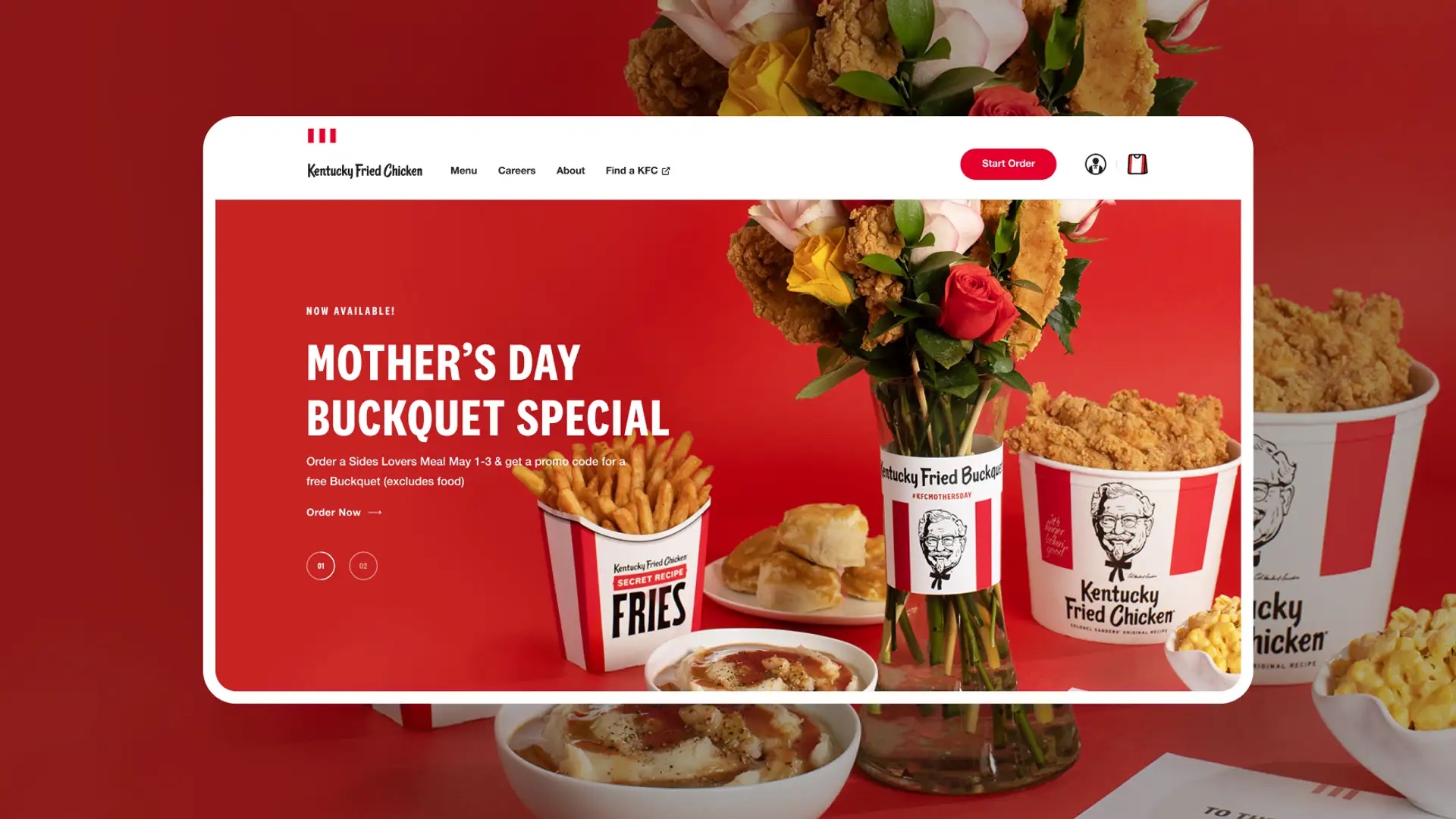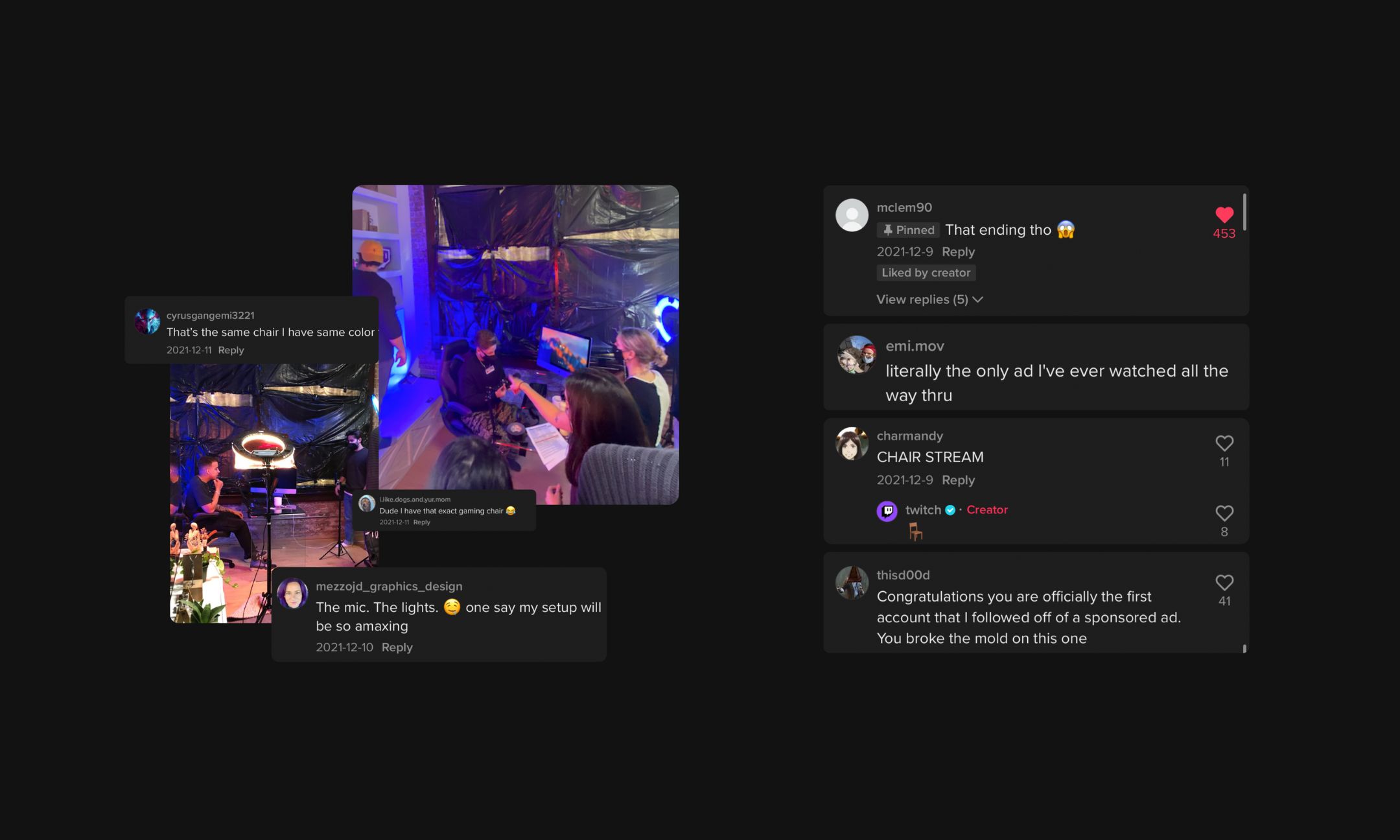The past decade has reversed the nature of social media.
Where your feeds used to consist of posts, comments, and public back-and-forth between people you knew, they’re now packed with ads, influencers, and professionally made creator content.
“Social media has become less social and more media,” as Business Insider noted, “a constellation of entertainment platforms where users consume content but rarely, if ever, create their own.”
As a result, many experts now argue that social media is just like any other form of media, “pay to play,” but the reality is much more nuanced than that.
The trend towards the “media” in “social media” hasn’t eliminated the “social.” Instead, it’s created a new environment in which audiences have invited brands and creators to take center stage. Whether or not they can perform, though, hinges on more than just their ability to pay.
Ultimately, it all comes down to whether brands are paying to play with audiences… or just playing along.
Communities are king for consumers
The “social” in social media may now be playing second fiddle to the media, but it hasn’t left the building. It’s just moved to new, more private areas like stories, DMs, and closed communities.
In July, Adam Mosseri, head of Instagram, noted that the platform’s users spend most of their time in DMs.
“All the friends-sharing is moving in that direction,” Mosseri said, “There are more photos and videos shared in DMs than there are shared in Stories, and there’s way more shared in Stories than there is in Feed.”
Why are these private spaces so attractive to users? There are a few reasons.
- They offer more specific and personalized content, enabling users to engage with like-minded individuals and participate in niche discussions between friends.
- The content and conversations in these spaces fulfill an increased desire for authenticity and transparency outside of the one-way, promotional messaging from brands on users’ feeds.
- Today’s user base now includes Gen Z, a generation that may have grown up with social media, but a form of social media where personal posts have become more infrequent.
However, all this isn’t to say that people aren’t using social media. In fact, according to GWI, time spent on social media has reached its ceiling, with the average global consumer spending approximately 2.5 hours on social platforms per day.
With all those hours spent on socials, the activity in the more private, behind-the-scenes areas has led to the rise of niche-based communities. Each of these has its own unique cultural interests and preferred flavor of content, with users commentating on and exchanging posts from the brands and creators who best represent it.
As these communities continue to flourish, they’ve formed networks that have become media outlets for brands. To continue to drive customer loyalty and expand their audience to new consumers within these networks, brands must adapt their social strategies based on which ones they fit into.
For brands, there’s opportunity in interaction
In today’s world, a brand is no longer what it projects to its customers, a brand is what its customers tell one another it is.
While the top channel for product research remains search, with 50% of ad spend, social is a close second, trailing just two percentage points behind. Moreover, a recent survey showed that a majority of Gen Z consumers, 48%, preferred using social networks over search engines for brand or product research.
As social media continues to play an increasingly important role in product and brand discovery, the opportunity for brands lies in how they tap into their social audiences.
Take KFC. The fast food giant is known for their entertaining and humorous social presence, which helps drive engagement and boost customer loyalty for their brand.
When our team was pulled in to help with their biggest brand campaign of 2022, our primary goal was simple: Get people talking about KFC.
To accomplish this, we started with an intense ideation process backed by audience insights to figure out how to play up the lighthearted, irreverent voice KFC’s audience expected in a new, entertaining way.
Ultimately, we landed on the Kentucky Fried Buckquet. A DIY arrangement that combines the two things moms really want, flowers… and fried chicken.

Although the Buckquet campaign wasn’t executed in socials, its goal of getting people buzzing about KFC made it a social-first idea—and that’s what made it work.
At the root of every KFC campaign is a deep understanding of the difference between participation and interaction on social media.
The majority of brands rely on a social strategy that focuses on participating in the latest trends. Although this strategy embraces some cultural awareness, more than 75% of TikTok and Instagram posts are made up of brand or creator content. As a result, when a majority of brands participate in a trend, those posts flood feeds and quickly begin to feel hokey and performative.
By contrast, when a brand makes the bold choice to interact with a social community, they become part of the cultural conversation and co-creators—as opposed to consumers—of the new trends that result.
This is where brands that follow KFC’s example can excel. The Kentucky Fried Buckquet campaign wasn’t created to participate in an existing trend, instead, it created something new and invited people within the brand’s zany, chicken-loving cultural niche to respond.
Investing in something worth playing with
For brands to take full advantage of the commercial opportunity within this newly evolved landscape, they need to entertain and engage users by playing with them—not just playing along.
The bottom line is that interaction, underpinned by niche-based communities, defines success on socials.
To appeal to these communities and generate interaction, brands first need to have a deep understanding of where they fit into the cultural niche and then invest in new content that adds value to the conversation.
When we helped launch Twitch on TikTok, for example, we made the deliberate choice to interact with the gaming community, a key audience for the streaming platform—and also one with a knack for spotting outsiders and razzing marketing campaigns that didn’t fit their vibe.
To succeed with this community, we pulled inspiration from a longstanding inside joke amongst gamers—the “chair stream”—and didn’t skimp on production, packing in easter eggs galore and a surprise creator cameo.
It paid off, racking up a slew of engagement for Twitch, including 364 thousand likes, 9 thousand comments, and over 60 thousand new followers.

This project was a perfect representation of the interruption model to experience and engagement, in which interaction helps brands uncover the sweet spot between what they want to say and what their customers want to hear.
By successfully identifying a key audience for Twitch and taking the time to learn their passion points, we were able to contribute social content that added meaningful value to their community—enough that we elicited powerful engagement.
Of course, production value isn’t the only thing brands can invest in to create engagement. Increasingly, brands are leveraging technology like VR, AR, and Generative AI to contribute something of value to social communities.
On platforms like Snapchat, where brands routinely create filters and AR lenses to interact with users, ads elicit a 1.6 times greater level of engagement and are viewed as 1.2 times more positive and 1.3 times more playful compared to other social platforms.
It’s also worth noting—as we’ve previously discussed—that as more brands debut immersive experiences on platforms like Roblox and Fortnite, community-based gaming platforms have become increasingly part of the social media landscape. As a result, fostering interaction on one of these platforms also translates into engagement on socials.
Across the board, whether by investing in quality production, a creator collab, or new technology, the key to creating social content that adds value to online communities is in thinking “idea-out.”
Unlike traditional “top-down” ideation, “idea-out” doesn’t start with a goal or a target in mind. Instead, it requires brands to abandon any specific expectations and allow the project to remain open to interpretation by users.
Not only does this process make interaction a fundamental part of a brand’s social strategy, it helps brands keep their social media, well, social.
Staying ahead in “post-social” social media
Brands have a huge opportunity within the current landscape of social media. As more and more consumers start to use discovery-based social as a new form of search, social media stands to become a powerful tool for driving growth.
However, as its evolution continues, brands will need to continue to re-adapt, re-invest, and re-imagine how they can interact with their audiences on social media to stay ahead.
Now’s the time to not just invest in new technology—but to have fun with it.


